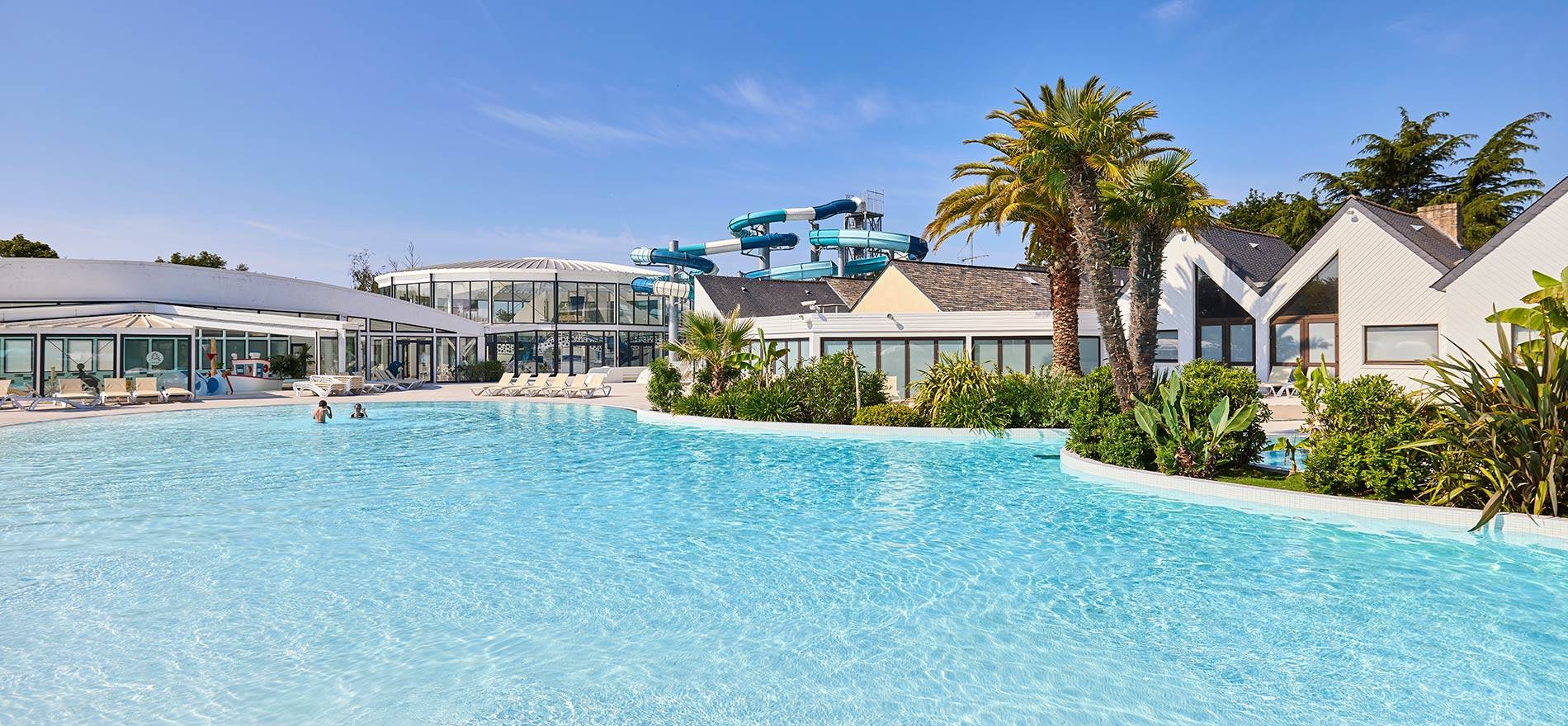
Campsite near Quimper: A town of Art and History
View itineraryQuimper is located 20 kilometres from the Campsite on the edge of the Odet river. The historical town centre is a lovely place with its wonderful cathedral, its museums as well as lots of restaurants and shops.
The cathedral
The major works undertaken today by the Ministry of Culture have consolidated structures of the building. The stones, eroded by weather and parasites, had to be replaced.
Light has been restored to the architecture through the renovation works: frescoes restored to vaults, stained glass windows given a new lease of life, colours refreshed and murals revived, guilding repaired on furniture… a total face lift for this Gothic architectural masterpiece.
Small pedestrian street
Quimper remained modest in size until the 19th century. It doesn't take long to visit the town centre which is steeped in history and charm with its paved streets and walks along the banks of the Odet.
The historic centre of the capital of "Cornouaille", is divided into two distinct neighborhoods: la "Ville au Duc" (around “Terre au Duc”) and "Ville de l'Evêque" (around the cathedral). There are lots of quaint half-timbered houses to admire.
Docks along the « Odet » river
Three rivers, the “Steir”, the “Odet” and the “Jet” join in Quimper before forming an estuary that opens into the ocean at Benodet. L'Odet is by far the largest of these rivers.
It is bordered by a pleasant shady walk and a dozen pretty footbridges cross it.
Henriot and earthenware
Quimper earthenware has been made here since 1708 in the historic district of Locmaria, near the city centre of Quimper. Production grew by bringing clay from Bordeaux and Rouen, benefitting from the presence of two rivers, the Steir and the Odet and the surrounding forests. The development of Quimper pottery in the 18th century led to fierce competition by local manufacturers and Chinese counterfeits in the 19th century.
Cornwall Festival
The Festival of Cornwall brings 4 generations together for lots of festivities. It celebrates its attachment to a region, a town and, above all, to a culture and has become, over the decades, a very popular festival, and definitely worth a visit. From 1923, when it was created to the present day, the festival has become a symbol: its history and evolution are linked to those of Brittany and the Breton people. The festival takes place over several days and attracts numerous artists.

